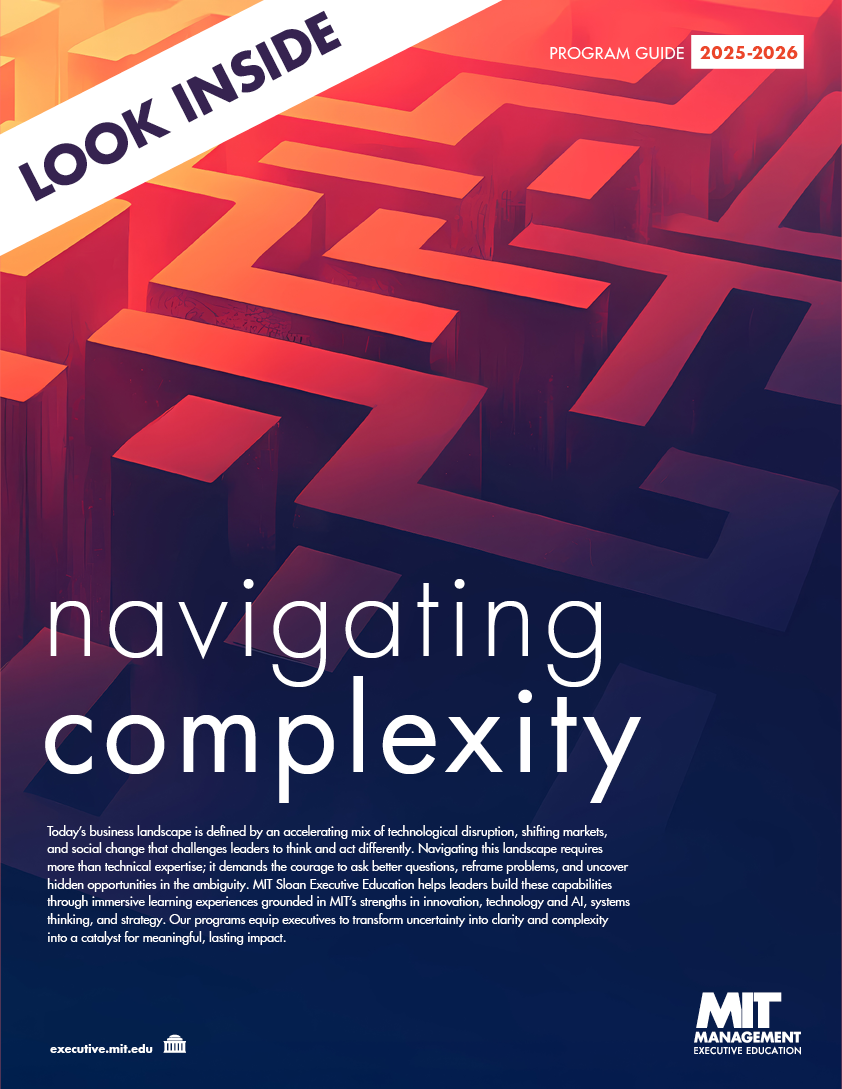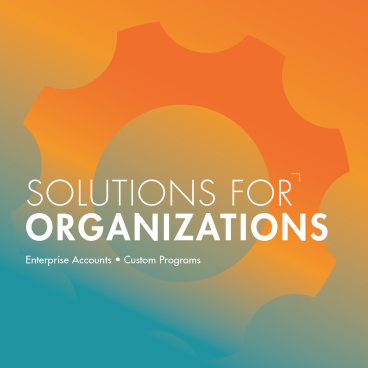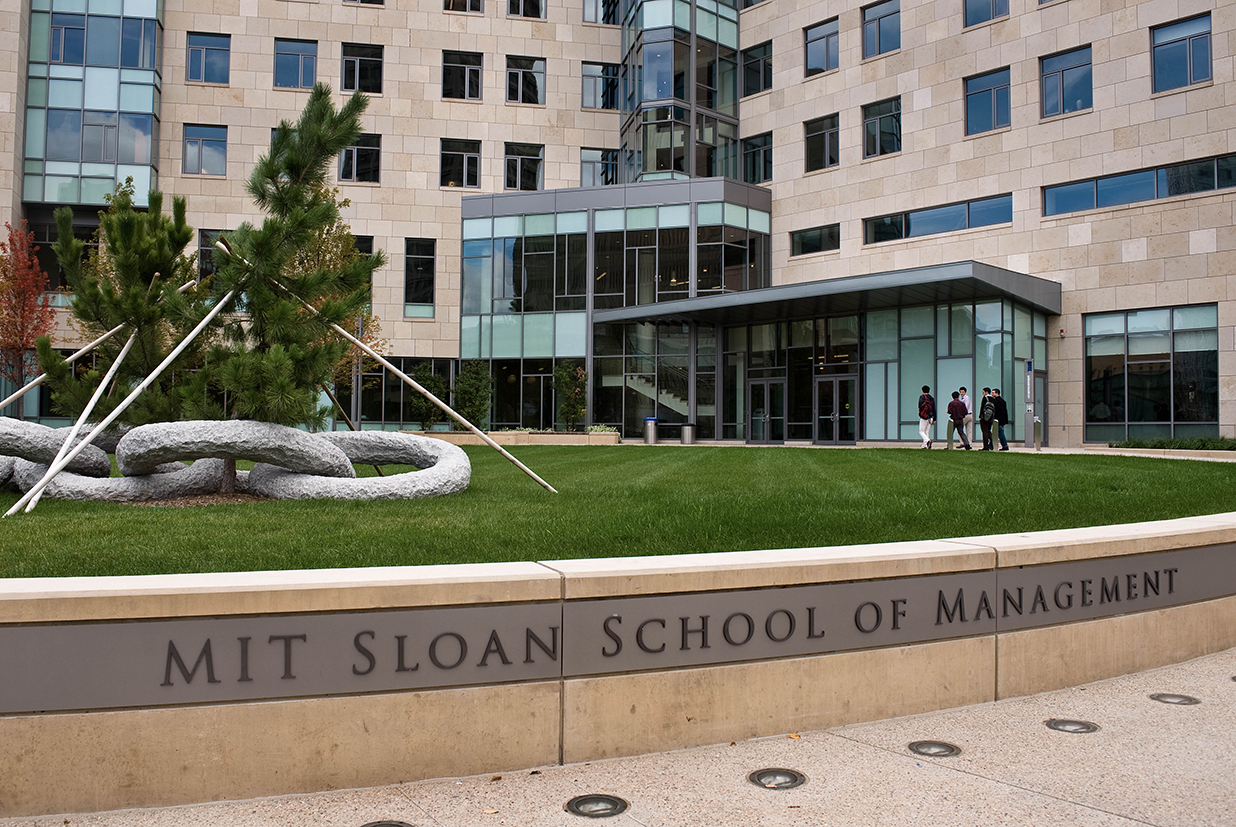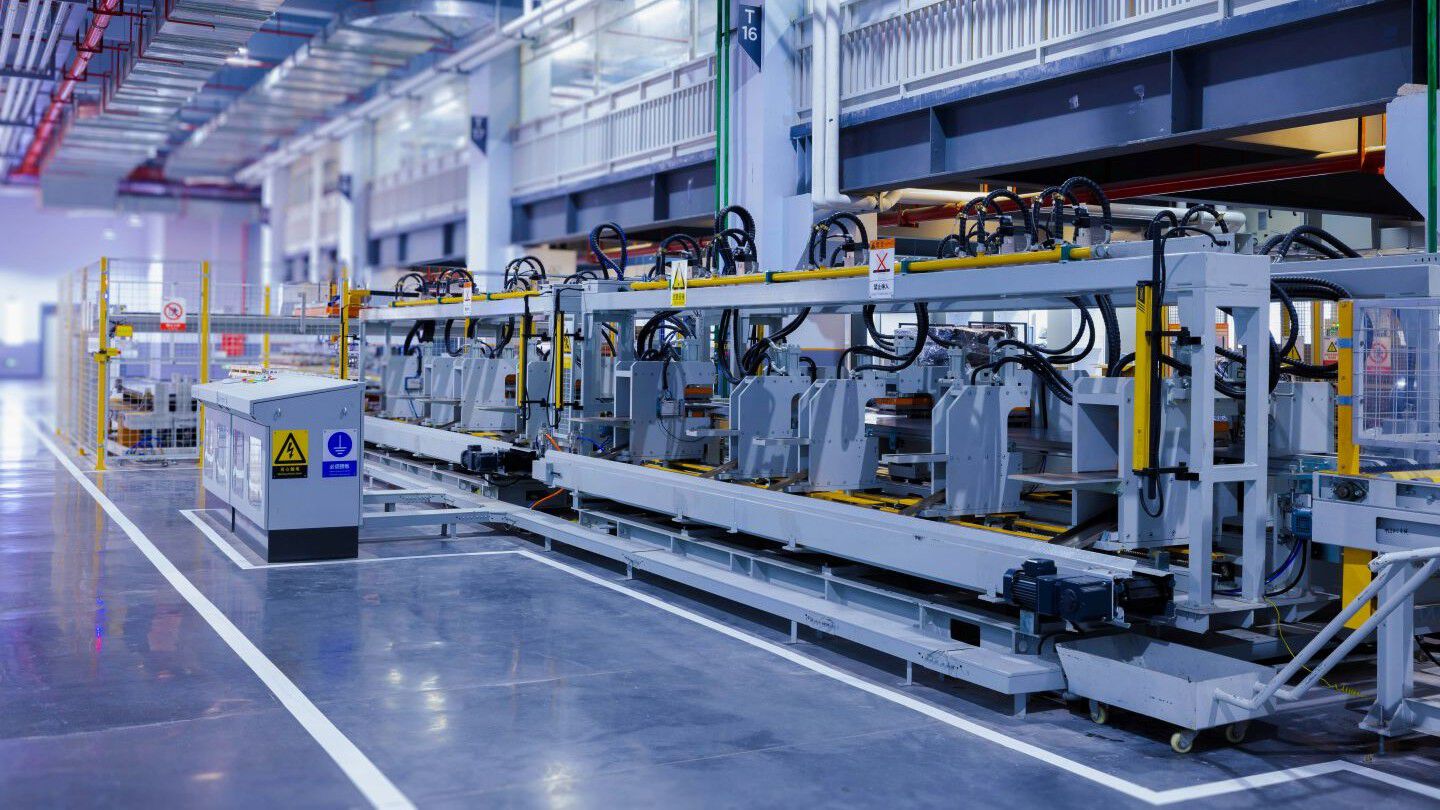A couple of weeks ago, my colleague Diane Abbott, Associate Director of Executive Programs, held a thought-provoking conversation on LinkedIn Live with Senior Lecturer John Carrier on the topic of Industrial AI. Listening to John, it was easy to see how the latest advances in artificial intelligence connect to the time-tested principles of systems thinking and control theory, yet the linkages he makes may not be as apparent in industrial operations or boardroom meetings.
See more: John Carrier shares insights on Industrial AI in a LinkedIn Live webinar with Diane Abbott.
Here are five takeaways that stood out to me from John’s remarks.
1. Dashboards don’t replace the factory floor
It may be tempting to believe that a spreadsheet or a beautifully designed dashboard tells us everything we need to know. Yet as John put it, “fantasy football is not football.” Metrics and dashboards must reflect the realities of the shop floor, the service line, or the operating room, not only the financial indicators that executives prefer to track.
The real value comes from connecting the data directly to the people doing the work. Operators don’t need monthly KPIs; they need to know what will happen in the next two hours. Leaders should ask: Are our dashboards providing the right information, to the right people, at the right time?
2. Data without focus can be dangerous
We often hear that “data is the new oil.” But like oil, data in the wrong place can wreak havoc. John shared the sobering example of a refinery incident in which 4,000 alarms were triggered before a fatal accident, so many that the critical signals were lost in the noise.
More data does not automatically mean more insight. Organizations must prioritize leading indicators—signals that help anticipate and prevent problems—even if those indicators reveal uncomfortable truths. Building a culture that accepts and acts on “bad news” is just as important as collecting the data in the first place.
3. Think in terms of control, not just AI
Industrial AI is best understood not as a collection of algorithms, but as a way to control complex systems better. The goal is not to “buy AI,” but to improve profitability and reduce risk by making operations more controllable.
This shift in perspective also helps organizations sequence their efforts. By asking which projects most enhance control, leaders can prioritize investments where they will have the greatest strategic leverage. As John noted, even some of today’s most advanced AI approaches, like generative models, can be understood through decades-old concepts in control theory, reminding us that proven principles still matter.
4. Faster time constants bring a competitive advantage
One of the most memorable points John made was about “time constants,” meaning the actual pace at which processes occur in a system. Too often, organizations assume they know how long things take, only to find that their estimates are wildly optimistic. For example, a maintenance changeover scheduled for two hours may in reality take four and a half.
This matters because customers, whether they are large retailers or consumers at a drive-through, demand precision and reliability. The organizations that win are those that can observe, orient, decide, and act faster than their competitors. AI can play a vital role here, especially in observation (e.g., computer vision detecting defects at high speed) and orientation (converting raw data into usable insights). But the underlying objective is always the same: shortening the cycle time to respond more quickly and accurately.
5. Keep it simple and reward results
Finally, John emphasized the importance of simplicity. Whether in robotics, language models, or process automation, complexity often leads to fragile systems that fail under real-world conditions. The fast-food example he gave is telling: McDonald’s struggled to automate drive-through orders because of its diverse menu, while a competitor with a simpler menu achieved far higher accuracy.
The same is true in industrial settings. Sometimes the most effective solutions are not glamorous. A major brewery was able to increase production by one million cases a month simply by streamlining spreadsheets and information flows—an investment of under $10,000. The real challenge for leaders is to celebrate these “boring” wins, rather than rushing on to the next shiny technology.
Looking ahead
As John concluded, the winners in the age of industrial AI will not be the companies that purchase the most advanced tools, but those that integrate them most effectively into their culture, leadership, and operations. It is about aligning technology with human creativity, shortening decision cycles, and focusing on leverage points where small changes can yield outsized results.
Ready to dive deeper? John will be leading an on-campus executive education course, Strategy, Survival, and Success in the Age of Industrial AI, on October 9–10. The course will combine system dynamics, case studies, and hands-on exercises to help leaders translate theory into practical roadmaps for their organizations.








